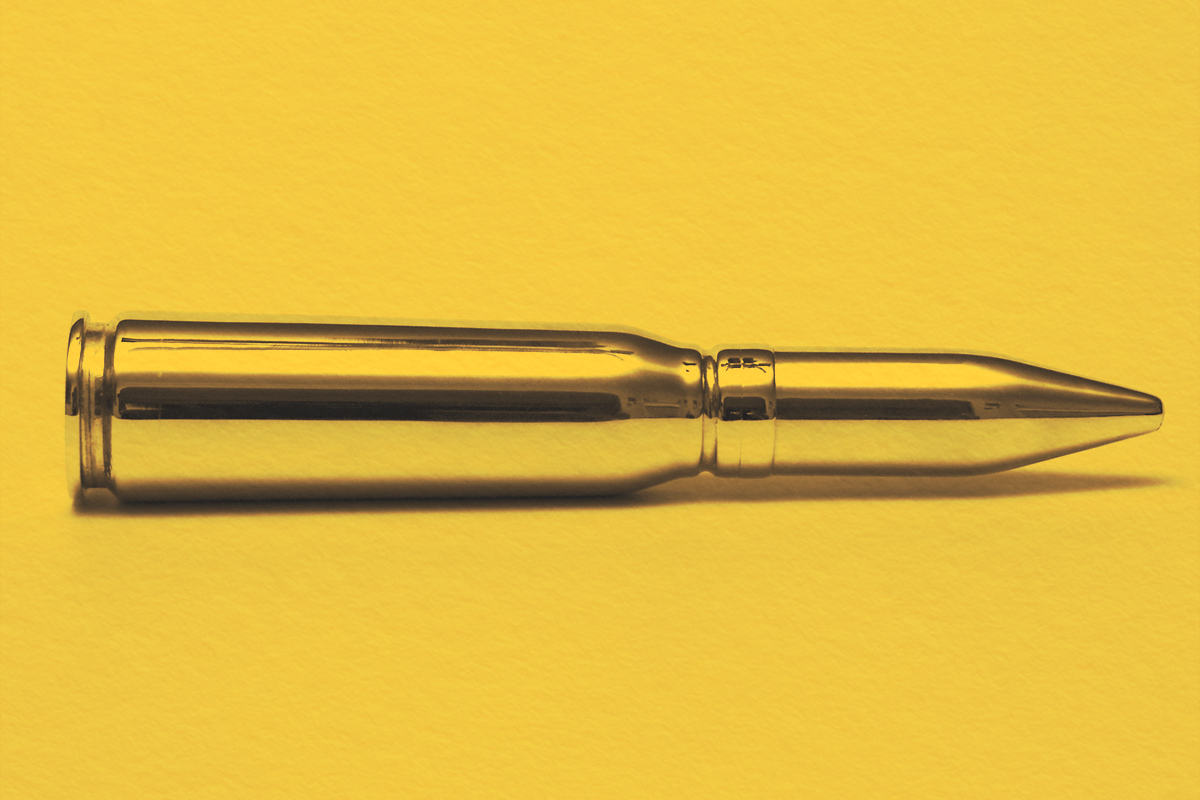
If you grew up speaking English as your first language, there are likely many things that just sound right. A question is delivered with a higher tone at the end to make it sound inquisitive. Excitement is portrayed with loud and fast voices. Other elements, such as the order in which words are delivered, are dictated by specific grammar rules that you might not even be aware of. Here are four little-known grammar rules you probably don’t think about much — until someone uses them the wrong way.
If someone told you they bought a “red shiny big bicycle,” you would understand what they meant, but you might not be able to shake the feeling that their description was a little bit off. That’s because adjectives are almost always listed in a particular order:
- Quantity: one, many, a few
- Opinion/Quality: beautiful, good, sweet
- Size: big, little, short
- Age: old, youthful, antique
- Shape: heart-shaped, round, spiral
- Color: green, blue, dark
- Origin/Material: American, wooden, leather
- Qualifier: buttoned, sports, gardening
Following this order, the correct version of the example above is “big red shiny bicycle” — doesn’t that flow better? Interestingly, native speakers don’t usually need to be taught the accepted order of adjectives. When people grow up absorbed in a certain language, they pick up the flow of language patterns. So when we hear a list of adjectives spoken, they sound either “right” or “wrong,” and our ears will often tell us the correct things to say or write.
“Whom” is fancy and “who” is regular — right? While a lot of people think that’s the case, there’s actually a grammar rule behind when to use “who” vs. “whom.” There’s nuance to this issue, but “who” and “whom” are both pronouns. “Who” is used to refer to the subject of a sentence, and “whom” refers to the object of a verb or preposition in a sentence.
An easy trick to understanding which word to use is to answer the question using other pronouns. If “he,” “she,” or “they” works in the sentence, then “who” is the correct form.
Who is going to the fair? → He is going.
Who wants to know? → She wants to know.
If you can answer the question using “him” or “her,” then you’re dealing with object pronouns, and “whom” is the correct form.
Whom should I go out with? → You should go out with her.
Whom does the car belong to? → The car belongs to him.
For a mnemonic device, put aside the true context of the question and use “him” — if it sounds correct, then the “m” in “him” matches up to the “m” in “whom.”
Ablaut Reduplication
This complex-sounding term describes a simple phenomenon in linguistics. “Reduplication” refers to repeated words in a compound word or phrase, such as “boo-boo” or “pom-pom.” Ablaut reduplication is when the vowel sound in the second syllable is slightly altered. Here are some examples:
- chitchat
- ding-dong
- flip-flop
- hip-hop
- knickknack
- Ping-Pong
- singsong
- ticktock
- zigzag
You’ll notice the first vowel is almost always the high “i” sound, as in the word “hit.” If there are two words in the phrase, the “i” vowel sound will always come first, followed by an “a” or “o” vowel sound. If there are three words in the phrase — for example, “tic-tac-toe” or “bing-bang-boom” — the vowel sequence is “i,” “a,” and then “o.”
Ablaut reduplication almost certainly doesn’t appear on any elementary school tests, but a native English-speaking child likely would know “dong-ding” is a bit odd for the sound of a doorbell. The correct flow is a result of rules we instinctively learn when being raised speaking the language.
Once upon a time, the answer to “How are you doing?” was “I am well” — never “I am good.” This rule is likely still taught in grammar lessons, but it’s less strictly held to in casual conversation. You may even use “good” and “well” interchangeably throughout your life. However, in formal grammar terms, when “good” is used as an adjective, it should be paired with nouns. “Well” is an adverb, so it should be paired only with verbs.
- I’m doing well.
- I can’t see well.
- My dog is a good boy.
- I had a good day.
The distinction between “well” and “good” is often confused with states of being, specifically when paired with the word “feel.” When referring to physical health, use the word “well” (“I have a cough and don’t feel well”). But if you’re discussing your emotions, then “good” is the correct term (“I’m not feeling good about the test today”). In that second example, “good” is not an adjective, so it doesn’t matter that it’s being paired with the verb “feeling.” “Good” is working as a noun, or state of being. How many of these grammar rules did you remember? If you’re being quizzed on them, maybe it’s important to be able to recite the rules, but there are always exceptions. Just make sure you can get your point across.





















